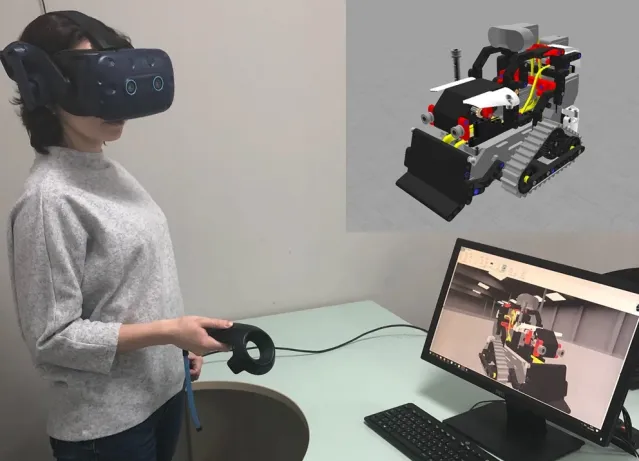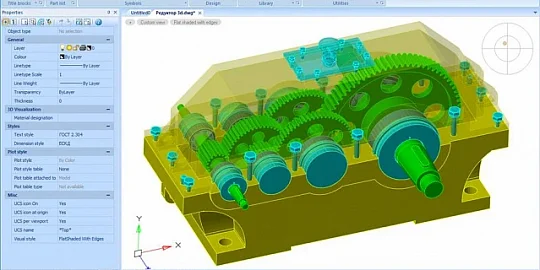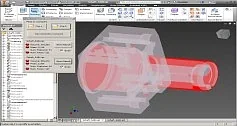VR Concept is a software firm whose expertise is in industrial-level virtual reality (VR). The company develops virtual prototyping software for users working collaboratively with 3D manufacturing, architecture, and construction models.
The VR Concept application originally imported only STEP, IGES, and ACIS SAT files using libraries from Open CASCADE Technology. In June, the company licensed our С3D Toolkit to extend the capabilities of its 3D virtual prototyping tools. The priority task needed was to read 3D models provided in JT format, as requested by VR Concept’s customers in manufacturing.
By October, VR Concept had deployed the C3D Converter data exchange module in its software. To download CAD models to the VR application, the component from C3D Labs supports reading data imported in JT, C3D, Parasolid X_T and X_B, STEP, IGES, and ACIS SAT formats.
Denis Zakharkin, CEO of VR Concept:
VR Concept now plans to implement other modules from the C3D Toolkit. “For instance, the B-Shaper module will allow us to convert polygonal models to boundary representation, and vice versa,” said Mr Zakharkin. “Together with the file importer, we are also going to add the module that exports VR models to CAD formats.”
In addition, C3D Toolkit’s constraint solver will let VR Concept support connections between geometric features of CAD models. “This is necessary for developing interactive technical manuals in VR, as well as for product evaluations and customization,” said Mr Zakharkin. “The C3D geometric kernel will bring VR Concept closer to being able to design and make changes to relatively simple designs directly in the VR environment.” For instance, at some point in the future, users will be able to expand pipe diameters and make holes in virtual reality.
VR Concept’s experience indicates that industrial-level VR technologies are most in demand for collaborative verification, discussion, and approval of design projects, including interaction between engineers at different locations. All of these tasks are provided by the robust VR Concept solution and its support for a wide range of CAD formats, thanks to its partnership with C3D Labs.
To learn more about VR Concept, please visit https://vrconcept.net/en/







“During testing, the C3D Converter module showed us its fast performance and the high quality of its work with the JT format. Our customers detected no bugs when reading JT files. C3D Converter easily imported JT models into our VR software with the same metadata and level of detail as the CAD system in which the product was designed.”